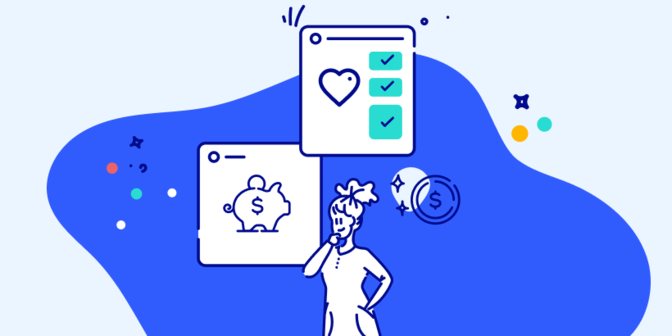
Report
Use case guidebook: testing financial services experiences
Discover how financial services organizations leverage UserTesting to improve digital experiences.
Customer empathy, better products, and superior digital experiences. These are the expectations consumers have for every experience they encounter, both digitally and in-person—especially when it comes to something as sensitive as personal finances.
Financial services organizations are uniquely positioned to inspire customer loyalty and trust through thoughtful messaging, design, and product innovation. But none of that can happen without regular customer insight.
In this guide, you'll find common use cases and stories of how our financial services customers—from UX, product management, marketing teams, and beyond—have leveraged the UserTesting platform to gather fast and relevant insights to:
- Get started on the right foot
- Launch successfully
- Drive ongoing wins
- Optimize content
- Increase customer empathy
Get Access now!
